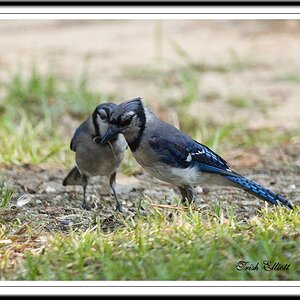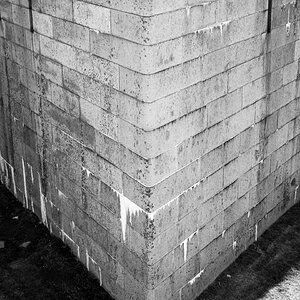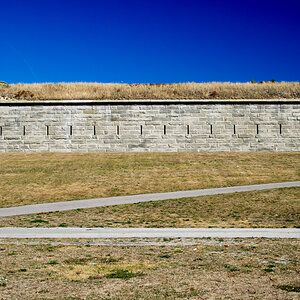kevinbiestra
TPF Noob!
- Joined
- Nov 17, 2011
- Messages
- 24
- Reaction score
- 0
Thanks for the information...
And for not looking at me like I am trying to build a time machine in my garage instead of just print a really big book.
The thing is, I am not trying to get into the book production business. I am a graphic design guy.
I have already designed all 1000+ pages of this one book and now I just want to get a copy or two made as gifts for close family members. MAYBE five copies if it doesn't mean selling my kidneys.
I don't really have any other content to make a small book out of. The only thing I could do is break off a piece of this huge book into a small book as a test run... But I feel like my head is taking on more than it can handle just trying to figure out how to print the pages. If I start trying to digest what would be involved in doing my own binding, I will probably get an aneurysm.
Also, while I would consider doing a smaller test run at home, that brings me back to my original first step in this thread of buying the right printer... From what I've heard in this thread, any home printer will pretty much result in immediate failure of the project by having the pages fade within a few years.
Although, I am researching those matters lightly in trying to make sure the grain of the paper is properly oriented when printing happens...
And you are correct. I have NO experience with any of the matters I'm asking about. I have just put hundreds and hundreds of hours into the design of the book and pages and I still find it amazing that getting the pages printed and bound could be the most difficult part of the process.
And for not looking at me like I am trying to build a time machine in my garage instead of just print a really big book.
The thing is, I am not trying to get into the book production business. I am a graphic design guy.
I have already designed all 1000+ pages of this one book and now I just want to get a copy or two made as gifts for close family members. MAYBE five copies if it doesn't mean selling my kidneys.
I don't really have any other content to make a small book out of. The only thing I could do is break off a piece of this huge book into a small book as a test run... But I feel like my head is taking on more than it can handle just trying to figure out how to print the pages. If I start trying to digest what would be involved in doing my own binding, I will probably get an aneurysm.
Also, while I would consider doing a smaller test run at home, that brings me back to my original first step in this thread of buying the right printer... From what I've heard in this thread, any home printer will pretty much result in immediate failure of the project by having the pages fade within a few years.
Although, I am researching those matters lightly in trying to make sure the grain of the paper is properly oriented when printing happens...
And you are correct. I have NO experience with any of the matters I'm asking about. I have just put hundreds and hundreds of hours into the design of the book and pages and I still find it amazing that getting the pages printed and bound could be the most difficult part of the process.













![[No title]](/data/xfmg/thumbnail/34/34040-14af4007923299ad46d35fc110d0faad.jpg?1619736250)
![[No title]](/data/xfmg/thumbnail/42/42060-f597479f8fd78d4bb4d17e7686fb0812.jpg?1619739996)

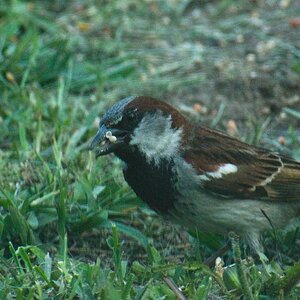
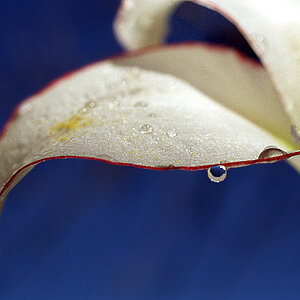
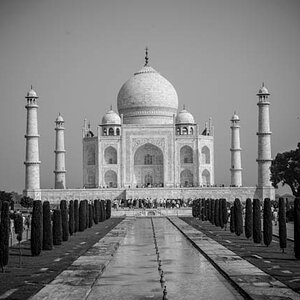
![[No title]](/data/xfmg/thumbnail/30/30890-45d8875af0c79f0f727d7d55132972b0.jpg?1619734501)
![[No title]](/data/xfmg/thumbnail/42/42061-9f4eb186c434652d6587c8bcdde59502.jpg?1619739997)
![[No title]](/data/xfmg/thumbnail/42/42059-61b97bbebb00e6276672551f4e3b3e43.jpg?1619739995)
